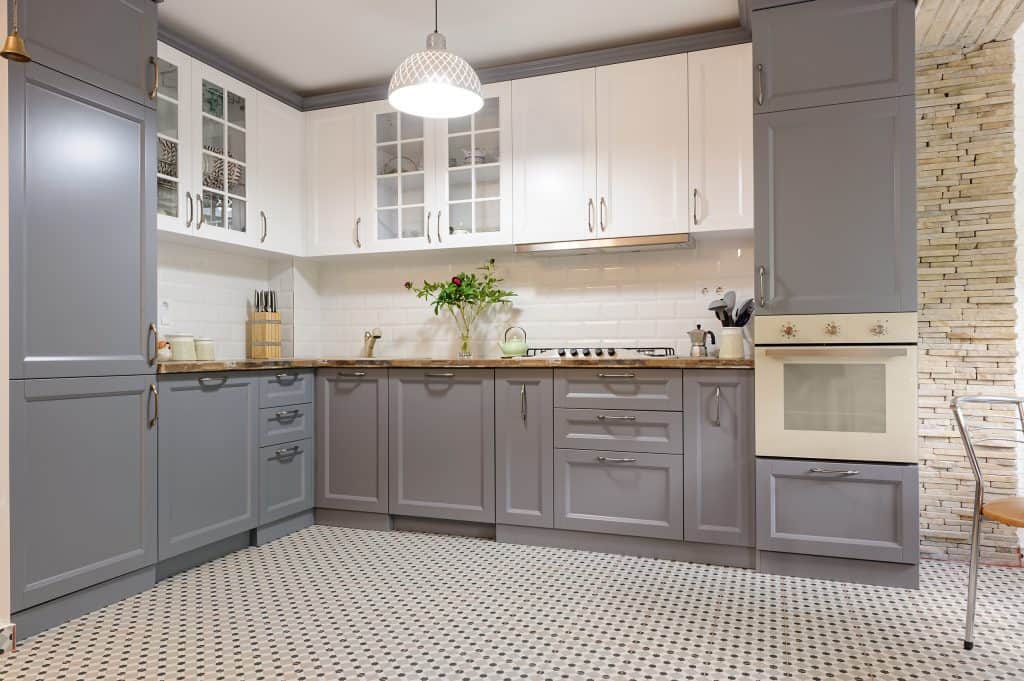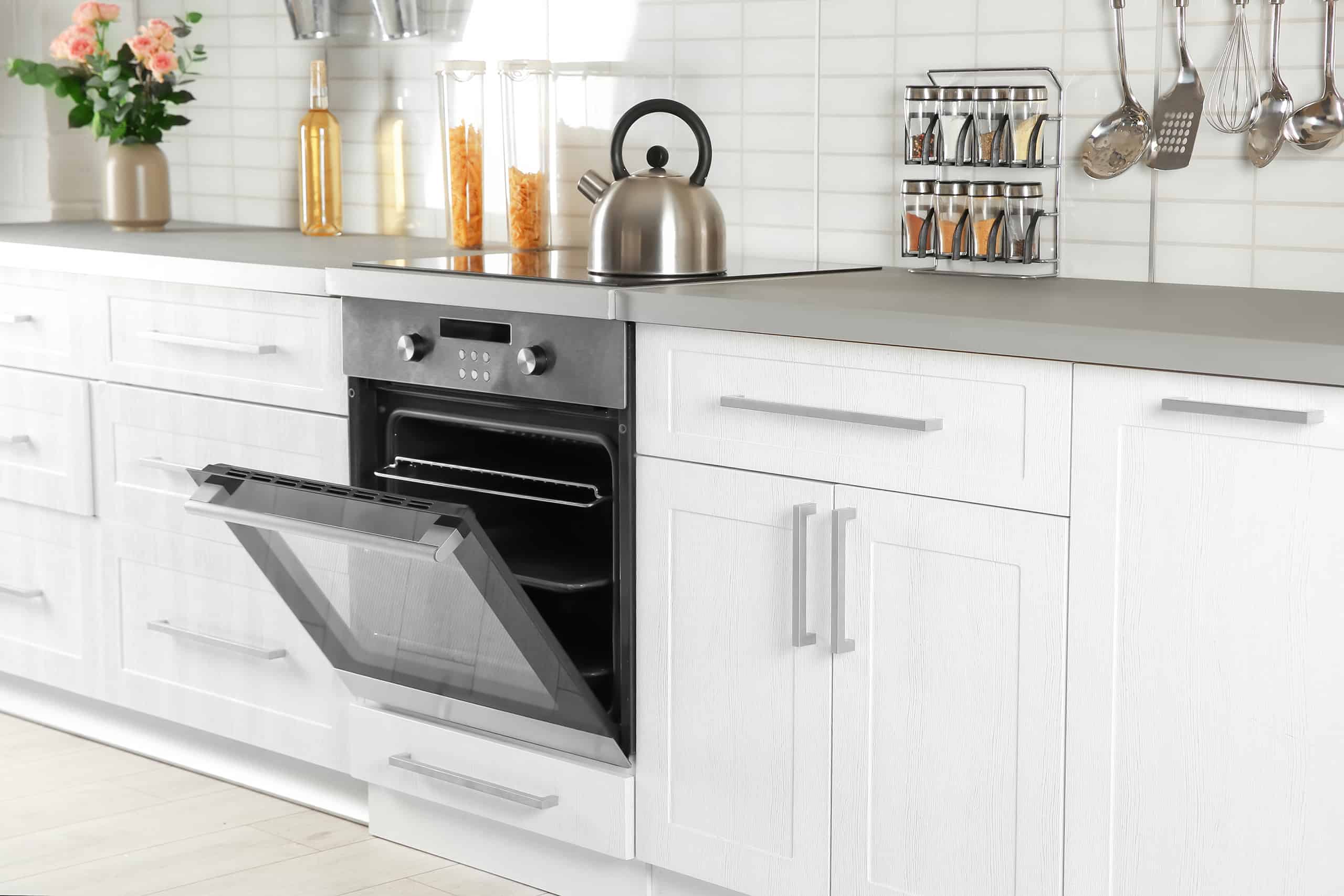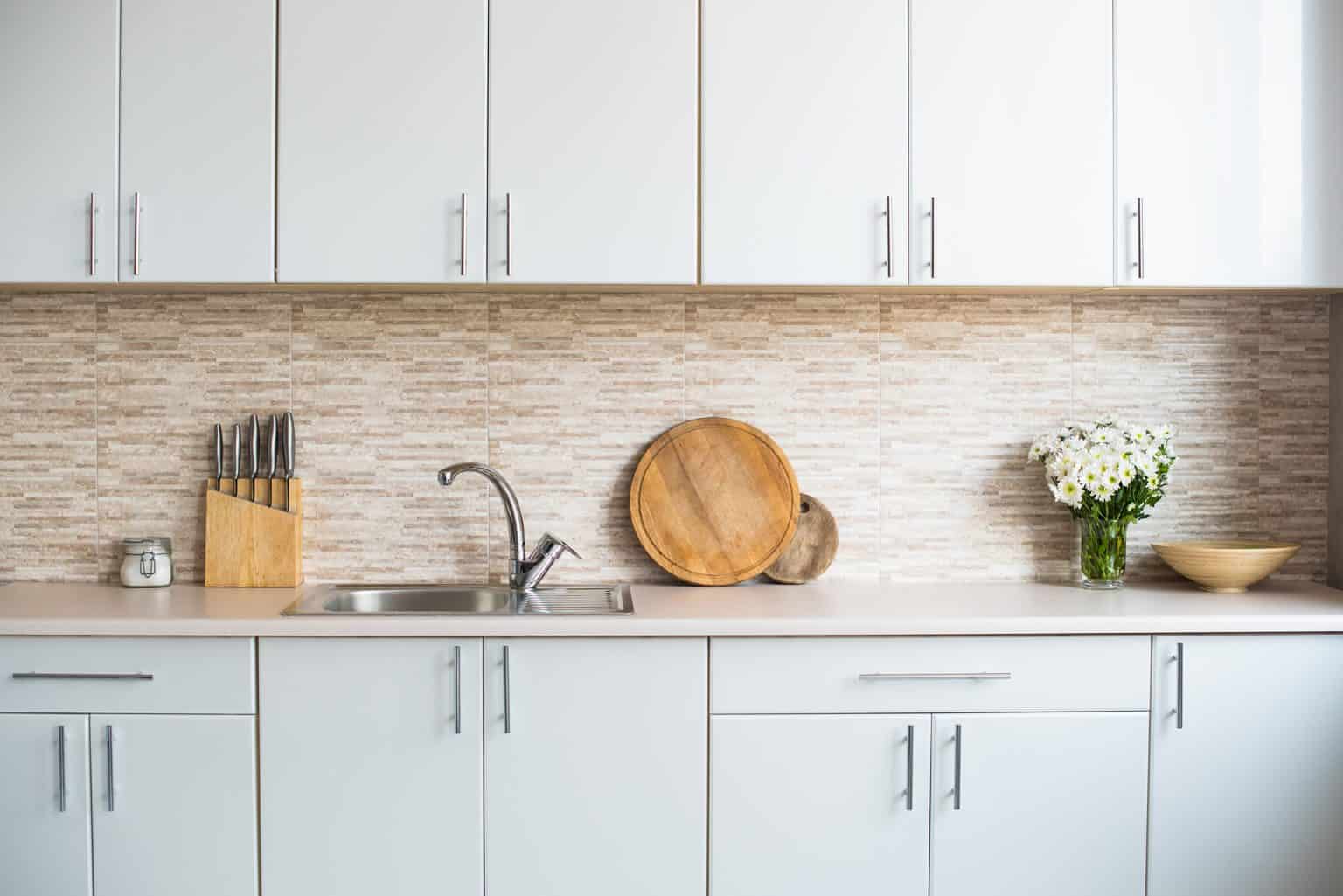Ergonomics and Functionality

The placement of handles on shaker cabinets plays a crucial role in ensuring ease of access and user-friendliness. Strategic handle placement can enhance the overall functionality of the cabinets, making them more convenient and comfortable to use.
Impact of Handle Placement on Ease of Access and Use
Handle placement significantly influences the ease of access and use of shaker cabinets. Well-positioned handles ensure that users can comfortably reach and grip them, regardless of their height or the size of the cabinet. Handles that are too high or too low can lead to strain, discomfort, and difficulty in opening and closing cabinets.
Handle Positions for Optimal Reach and Grip
- Standard Handle Height: For standard-height cabinets, handles are typically placed between 32 and 36 inches from the floor. This height is generally comfortable for most adults to reach and grip.
- Lower Handle Height: For lower cabinets, such as base cabinets, handles can be positioned lower, between 28 and 32 inches from the floor. This allows for easier access, especially for individuals with limited reach.
- Upper Handle Height: For upper cabinets, handles are usually placed between 54 and 60 inches from the floor. This height ensures that handles are within reach for most individuals, even when standing on a step stool.
- Cabinet Size Considerations: The size of the cabinet also influences handle placement. For larger cabinets, handles may need to be placed further apart to provide adequate grip and leverage. Conversely, smaller cabinets may require closer handle spacing to maintain a balanced appearance.
Advantages and Disadvantages of Different Handle Styles
The choice of handle style can impact the overall functionality and aesthetics of shaker cabinets. Here’s a comparison of different handle styles and their advantages and disadvantages:
- Bar Pulls: Bar pulls offer a sleek and modern look. They are generally easy to grip and provide ample leverage for opening cabinets. However, they may be less comfortable for individuals with smaller hands.
- Knobs: Knobs are compact and space-saving, often preferred for smaller cabinets or drawers. They can be easily grasped and turned, but they may not provide the same leverage as bar pulls.
- Cup Pulls: Cup pulls are a stylish option that combines the functionality of both knobs and bar pulls. They offer a comfortable grip and ample leverage, but they can be more expensive than other handle styles.
Handle Placement for Preventing Interference
Handle placement is crucial for preventing interference with cabinet doors and drawers. Incorrect handle placement can lead to doors and drawers hitting each other, causing damage or hindering functionality.
- Door Swing Clearance: Handles should be placed far enough away from the edges of cabinet doors to ensure sufficient clearance for the doors to swing open without hitting other cabinets or obstacles.
- Drawer Slide Clearance: Handles should be positioned to avoid interference with drawer slides. Handles that are too close to the drawer front can obstruct the smooth operation of the slides.
Aesthetics and Design Considerations: Where To Place Handles On Shaker Cabinets

Handle placement in shaker cabinets plays a crucial role in shaping the overall visual appeal. Beyond functionality, the location and style of handles can significantly influence the aesthetic impact of your kitchen.
Handle Placement and Visual Harmony
Handle placement is a key factor in achieving visual balance and symmetry in shaker cabinets. The placement should complement the clean lines and simple elegance of the shaker style. For example, strategically placed handles can create a sense of visual flow, guiding the eye across the cabinet doors and drawers.
“The key to achieving visual harmony in handle placement is to consider the overall design of the kitchen and the specific style of shaker cabinets.”
- Centered Handles: Centered handles provide a classic and balanced look, enhancing the symmetry of the shaker design. This placement is particularly suitable for larger cabinets and drawers where a prominent handle is desired.
- Offset Handles: Offset handles, positioned slightly off-center, can create a more contemporary and asymmetrical look. This approach can be particularly effective for smaller cabinets or when a more subtle handle design is preferred.
- Vertical Handle Placement: Vertical handle placement, often found on cabinet doors, can create a sense of verticality and elongate the appearance of the cabinet. This placement is especially effective in kitchens with high ceilings.
- Horizontal Handle Placement: Horizontal handle placement, typically found on drawers, emphasizes the horizontal lines of the shaker design. This placement can make drawers appear wider and create a more grounded feel.
Handle Placement and Shaker Style Enhancement, Where to place handles on shaker cabinets
The choice of handle placement can significantly enhance or detract from the shaker style aesthetic. Here are some key considerations:
- Simple Handle Designs: Shaker cabinets typically feature simple and clean lines, so handles should complement this aesthetic. Simple, minimalist handle designs, such as bar pulls or cup pulls, are often preferred.
- Handle Size and Proportion: The size and proportion of the handles should be in harmony with the size and scale of the cabinets. Handles that are too large or too small can disrupt the visual balance of the design.
- Handle Material and Finish: The material and finish of the handles should complement the overall color scheme and style of the kitchen. For example, polished nickel handles can add a touch of sophistication, while brushed nickel handles offer a more industrial feel.
Practical Considerations

Where to place handles on shaker cabinets – While aesthetics and ergonomics play a crucial role in handle selection, practical considerations are equally important. This section delves into the specifics of handle placement for different cabinet types, explores the advantages and disadvantages of various handle materials, and provides guidance on measuring and marking for optimal results.
Handle Placement for Different Cabinet Types
The optimal handle placement varies depending on the cabinet type and its intended use. This table Artikels recommended handle placement for common cabinet types:
| Cabinet Type | Handle Placement | Notes |
|---|---|---|
| Base Cabinets | Centered on the door, 32-36 inches from the floor | Allows for comfortable access and avoids interference with countertops. |
| Upper Cabinets | Centered on the door, 54-60 inches from the floor | Ensures easy reach for most adults, while avoiding interference with the countertop or backsplash. |
| Pantry Cabinets | Centered on the door, 48-54 inches from the floor | Provides optimal access to pantry contents, considering the height of shelves. |
Handle Material Considerations
The choice of handle material influences both aesthetics and functionality. This table compares the pros and cons of common handle materials:
| Material | Pros | Cons |
|---|---|---|
| Metal | Durable, resistant to scratches and dents, available in various finishes | Can be cold to the touch, prone to fingerprints, may require more maintenance |
| Wood | Warm and natural feel, blends seamlessly with wooden cabinets, can be customized | Susceptible to scratches and dents, requires regular cleaning and maintenance |
| Glass | Elegant and contemporary look, can be incorporated into unique designs | Fragile, susceptible to breakage, requires careful handling |
Measuring and Marking Handle Placement
Accurate measuring and marking are essential for achieving a consistent and visually appealing handle placement. Follow these steps for measuring and marking the ideal handle placement:
- Determine Handle Size: Measure the length and width of the chosen handle.
- Mark the Center: Using a measuring tape and pencil, mark the center point of the cabinet door where the handle will be placed.
- Align the Handle: Position the handle on the door, aligning the center of the handle with the marked center point.
- Mark the Handle Position: Using a pencil, mark the screw holes on the door through the handle holes.
- Drill Pilot Holes: Drill pilot holes at the marked screw hole locations to prevent splitting the wood.
- Install the Handle: Attach the handle to the door using the appropriate screws.
Handle Placement in Unique Kitchen Layouts
Unique kitchen layouts may present challenges for handle placement. Consider these potential challenges and solutions:
- Limited Space: In kitchens with limited space, consider using smaller or slimmer handles to minimize visual clutter. Alternatively, opt for concealed handles that are flush with the cabinet door.
- Unusual Cabinet Shapes: For cabinets with unusual shapes, such as curved doors or angled corners, custom-made handles may be necessary to ensure proper fit and functionality.
- Multiple Cabinet Openings: In kitchens with multiple cabinets opening in different directions, ensure handle placement avoids interference and allows for smooth operation.
Shaker cabinets, known for their simplicity and functionality, often feature handles placed discreetly on the face of the doors, just below the center. This placement offers a balanced aesthetic, while ensuring ease of access. Contrastingly, victorian style curio cabinets often showcase elaborate hardware, including ornate pulls and handles that are strategically placed to enhance the cabinet’s overall design.
When choosing handles for shaker cabinets, consider a similar approach, selecting hardware that complements the cabinet’s clean lines and understated elegance.
When considering handle placement on shaker cabinets, a key aspect is the overall functionality and aesthetics. If you plan to integrate a wine cooler for kitchen cabinets , the handle placement should complement its design. For example, handles placed near the top of the cabinet doors might allow for easier access to the wine cooler while maintaining a visually balanced aesthetic.
